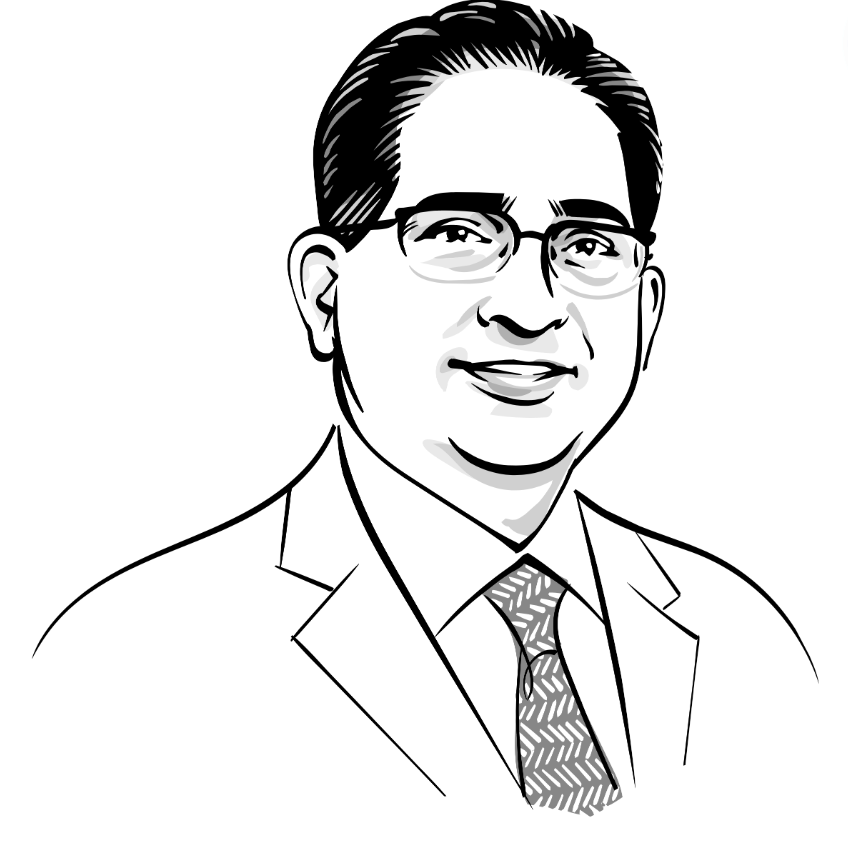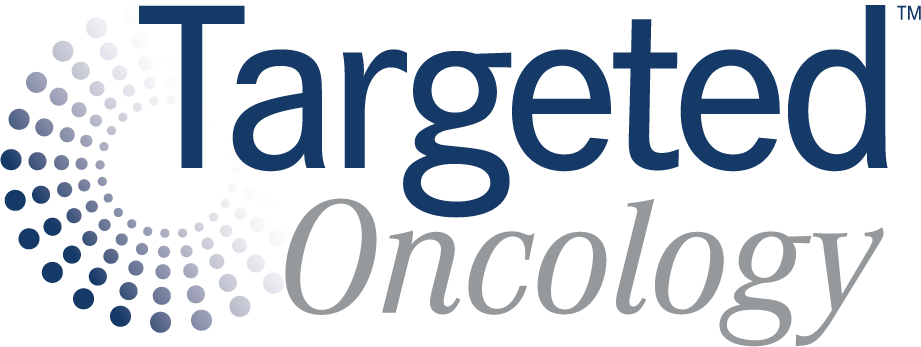Closing the Care Gap Through Addressing Disparities in Oncology
In an interview with Targeted Oncology for World Cancer Day, Manmeet Ahluwalia, MD, MBA, FASCO, explored the key challenges facing community oncology and the strategies needed to close these gaps.
Manmeet Ahluwalia, MD, MBA, FASCO

On World Cancer Day, the oncology community aims to raise awareness about cancer, promote prevention, detection, and treatment, and push for equitable access to care worldwide.
While significant strides have been made in cancer research and therapeutics, disparities in access to care remain a pressing challenge, particularly for underserved populations. Socioeconomic status, geographic location, and systemic barriers continue to influence patient outcomes, highlighting the critical need for targeted interventions.
The 2022-2024 World Cancer Day theme, “Close the Care Gap,” demonstrates this need to bridge inequities in cancer care and ensure that every patient, regardless of background, receives timely and effective treatment. Addressing these disparities requires a multifaceted approach, integrating patient navigation, financial assistance, clinical trial access, and community-based outreach.
In an interview with Targeted OncologyTM for World Cancer Day, Manmeet Ahluwalia, MD, MBA, FASCO, chief scientific officer, chief of medical oncology, deputy director, and Fernandez Family endowed chair in cancer research at the Baptist Health Miami Cancer Institute, explored the key challenges facing community oncology and the strategies needed to close these gaps.
Targeted Oncology: What are the most significant barriers to treatment access you see in community oncology settings today?
Financial hardship is a major barrier in community oncology, with 50% to 70% of patients experiencing financial distress due to out-of-pocket costs, lost income, or debt. This leads to inferior treatment adherence and worse outcomes. Underinsured patients and those facing language, geographic, or health literacy barriers are most affected. At Miami Cancer Institute, part of Baptist Health South Florida, we address these challenges through patient navigation and financial assistance programs, helping patients access resources, manage costs, and prevent treatment delays due to financial hardship. Limited access to subspecialists and molecular testing in some community settings remains a challenge, requiring continued efforts to close these gaps.
How do social determinants of health, such as income, geography, and education, impact cancer outcomes in underserved populations?
Social determinants of health, including income, geography, and education, significantly impact cancer outcomes in underserved populations. Patients with socioeconomic inequalities experience a more than 20% higher cancer mortality rate compared to those without such differences. Factors such as food, housing, and transportation insecurity pose significant barriers to cancer care and contribute to poorer health-related outcomes. Additionally, individuals with multiple social determinants of health are at an increased risk of cancer mortality. At Miami Cancer Institute, we have implemented bilingual patient navigators, community education programs, and partnerships with local organizations to ensure patients receive the information and care they need.
In your experience, what unique challenges do patients in rural or low-income areas face compared with those in urban or well-resourced settings?
Patients in rural or low-income areas face challenges like limited healthcare access, leading to delayed diagnoses and care interruptions that impact survival. They also have fewer clinical trial options and higher financial burdens due to underinsurance and poverty.
What strategies have you seen or implemented in your practice to reduce disparities in cancer care access?
At Miami Cancer Institute, we implement several strategies to reduce disparities in cancer care access. We collaborate with community partners like the Health Council of South Florida to build trust and improve minority enrollment in clinical trials. Our research coordinators help overcome language and cultural barriers, ensuring patients feel comfortable participating. Additionally, we have expanded patient navigation services to improve access for underserved populations. Recent data shows increased diversity in National Cancer Institute-sponsored early-phase trials, with more Hispanic and non-Hispanic Black patients participating, reflecting progress in equitable care access.
What role do clinical trials play in improving equity, and how can more underserved patients gain access to these opportunities?
Clinical trials are extremely important for advancing cancer treatments, but access remains a major challenge, especially for underserved communities. Logistical barriers, financial constraints, and lack of awareness prevent eligible patients from participating. Decentralized trials are helping to close this gap by reducing travel burdens, while digital outreach and telemedicine are making trial opportunities more accessible. At Miami Cancer Institute, we are committed to increasing clinical trial participation among underrepresented populations. Through collaborations with SWOG, and NRG Oncology, we are working to expand trial access and ensure diversity in research.
What steps can healthcare organizations and community oncologists take to create more equitable cancer care systems?
To advance equity in cancer care, healthcare organizations can adopt key strategies. Increase interventions, such as screening reminders or simplified clinical trial consent, encourage timely care and treatment adherence. Rapid testing allows healthcare teams to quickly evaluate and improve interventions, ensuring effective practices are widely implemented. Artificial Intelligence helps detect cancer earlier by identifying high-risk individuals based on medical data. Expanding telemedicine and decentralized trials increases access, allowing patients in remote areas to participate in research and receive specialized care. Community-based genomic screening identifies hereditary cancer risks, enabling early intervention and personalized treatment.
How important is collaboration between community oncology practices and larger academic centers in addressing access gaps?
Collaboration is absolutely vital in addressing access gaps. Community oncologists provide accessible, personalized care, while academic centers offer advanced research and treatments. Data shows that 80% to 85% of patients receive treatment in community settings, more than 50% patients miss out on clinical trials due to availability, and over 20% are ineligible. Partnerships with academic centers help bridge these barriers, improving clinical decisions and expanding trial access, especially for rural patients.
What is your vision for the future of equity in cancer care, and how can community oncologists play a key role in achieving this goal?
The future of cancer care should be one where every patient, no matter where they live or what resources they have, can access the best treatments available. Advances in precision medicine, AI-driven diagnostics, and tools like liquid biopsies and next-generation sequencing are making care more personalized than ever. But these breakthroughs only matter if they reach the people who need them. Community oncologists play a critical role in closing this gap. By incorporating genomic testing into routine care, increasing clinical trial participation, and working closely with academic centers, they can bring cutting-edge treatments to more patients. Expanding telemedicine and decentralized trials will also help those in rural and underserved areas connect with specialists and access new therapies, without the burden of travel.








